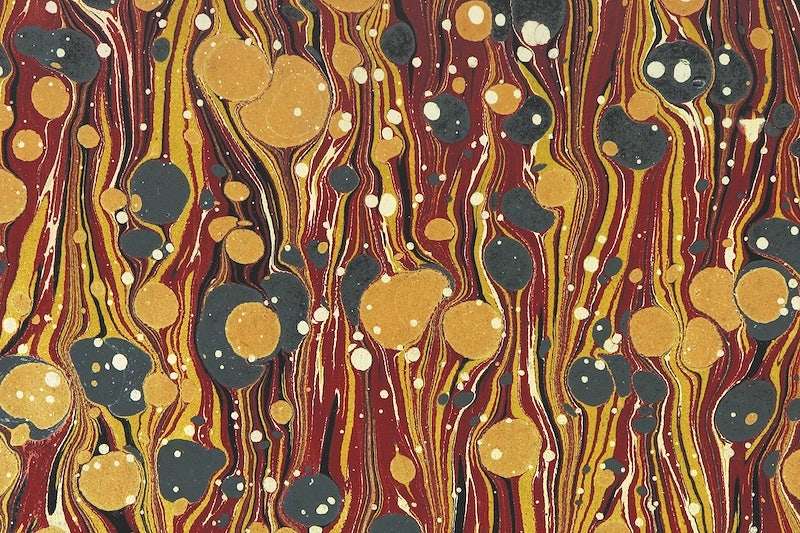Non-fungible tokens (NFTs) have become increasingly popular in the art world in recent years. Although these unique tokens have been in existence since 2017, they have only gained mainstream attention in recent times due to high-profile sales and endorsements from celebrities.
But what exactly are NFTs and how do they work? In this article, we’ll explore the basics of NFTs and their role in the art world.
What is an NFT?
An NFT is a digital asset that represents ownership of a unique item, such as a piece of art, music, or video. Each NFT is verified using blockchain technology, making it one-of-a-kind and impossible to replicate. By verifying the ownership of the asset, the authenticity of the asset is confirmed, which means it cannot be duplicated. This verification process adds value to the asset and makes it attractive to collectors.
The non-fungible nature of NFTs distinguishes them from other digital assets because they cannot be traded for another asset of equal value. Each NFT is unique, with its own specific attributes, such as a serial number, artwork, or music track.
How do NFTs work?
To create NFTs, individuals use blockchain technology, which is a decentralized ledger that records transactions between two parties. The network of computers maintains this ledger, which makes it impossible to alter or delete transactions once they have been recorded.
To create an NFT, an artist or creator will create a digital asset, such as a piece of art or music, and upload it to a marketplace that supports NFTs. They will then mint the asset, which creates a unique token on the blockchain representing ownership of that asset.
After an NFT is created, it is possible to sell or trade it on various marketplaces, such as OpenSea or SuperRare. Buyers have the option to bid on NFTs using cryptocurrency, such as Ethereum. Once a sale is completed, the ownership of the NFT is transferred to the buyer.
Why are NFTs valuable?
The value of an NFT is based on a number of factors, such as the rarity of the asset, the reputation of the artist, and the demand for the asset. Some NFTs have sold for millions of dollars, with high-profile artists such as Beeple and Grimes selling their digital artwork for record-breaking prices.
NFTs are also valuable because they offer a new way for artists and creators to monetize their work. By creating a unique digital asset, they can sell it directly to collectors, bypassing traditional gatekeepers such as galleries or record labels.
The Future of NFTs
Although NFTs have already had a significant impact on the art world, their potential uses extend beyond the creative industries. NFTs have the potential to verify ownership of real-world assets, such as property or cars, or to create unique in-game items for video games.
As the technology behind NFTs continues to evolve, we can expect to see new and innovative uses for these unique digital assets.
In conclusion, NFTs are a new type of digital asset that offer a unique way for artists and creators to monetize their work. Using blockchain technology, NFTs are one-of-a-kind and impossible to replicate, making them valuable to collectors. NFTs currently have limited uses in the art world and other creative industries, but we can anticipate the emergence of new and innovative applications for them in the future.
